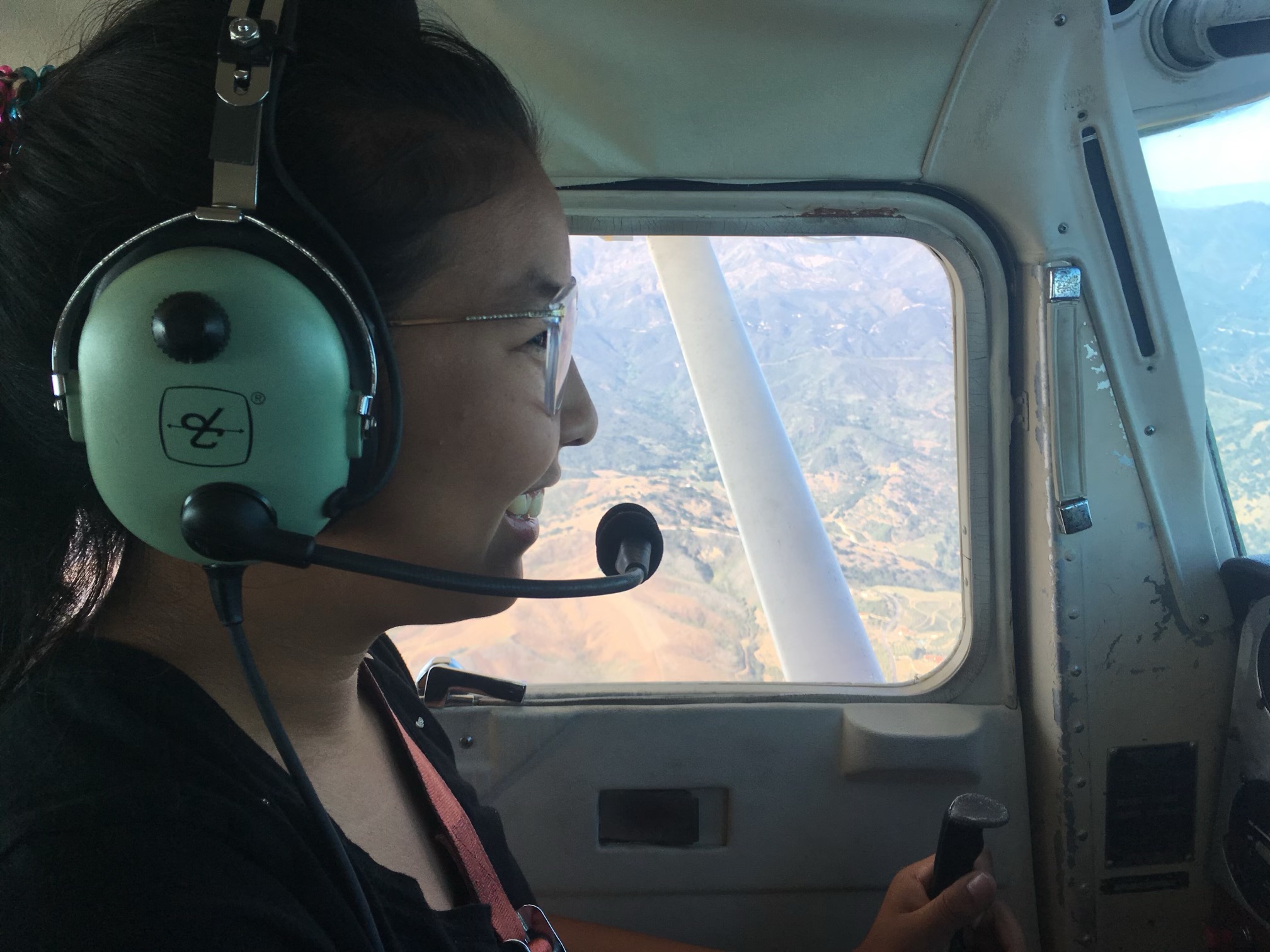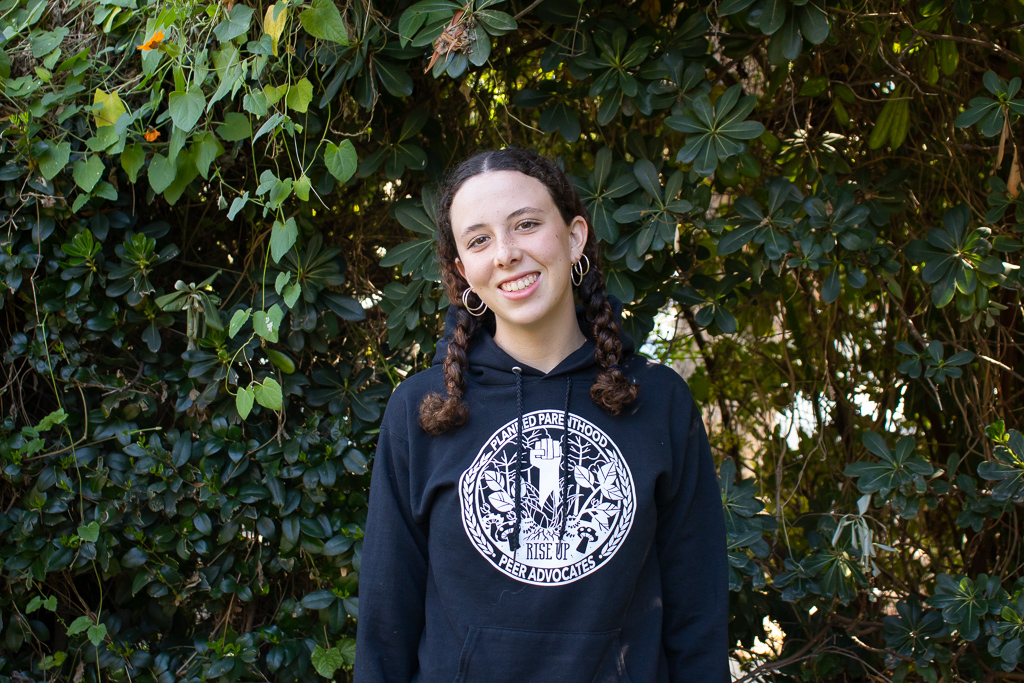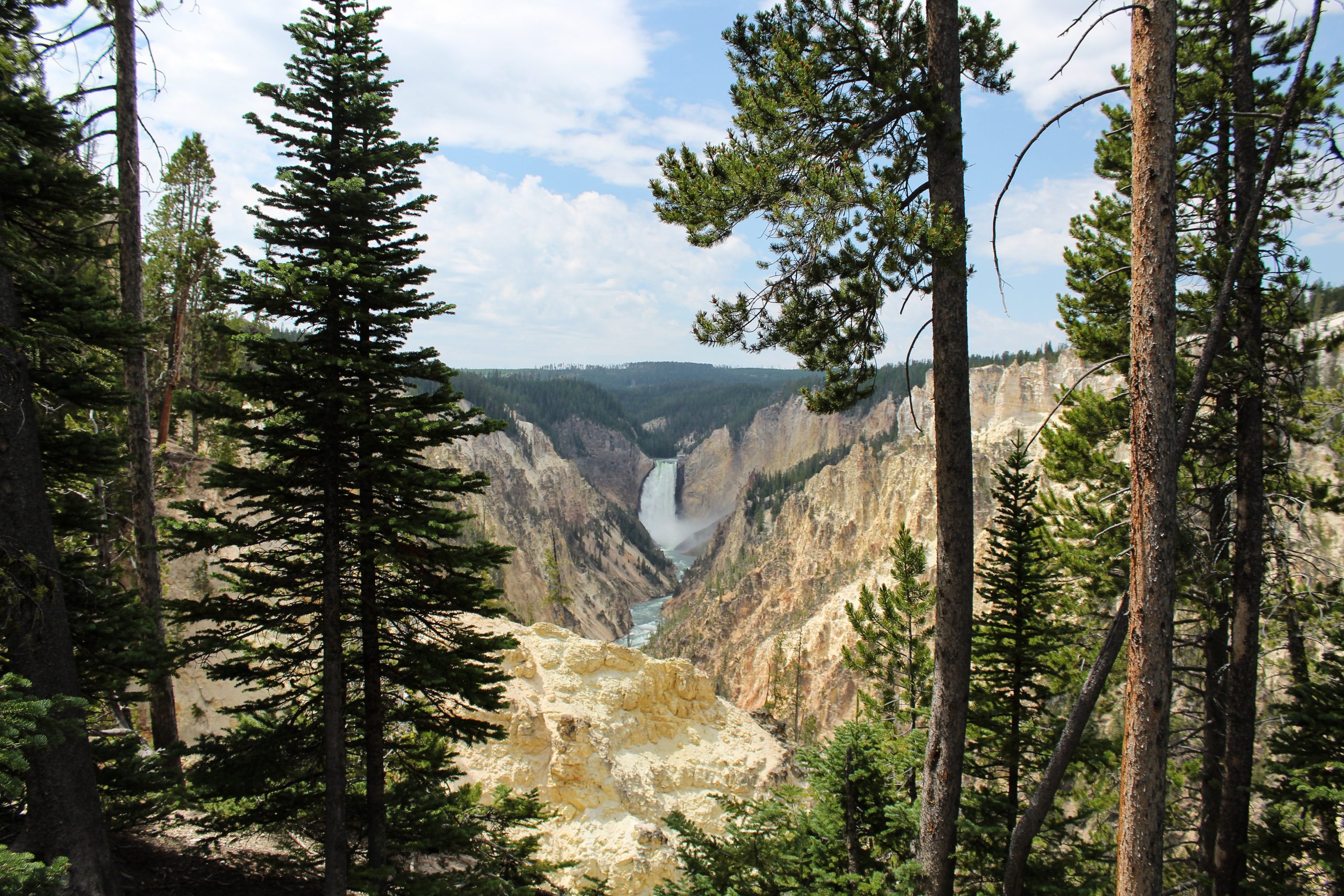Story by Sofia Alva, Kimberly Hsueh, & Zoe Schlaak
Associate News Editor, Senior Staff Writer, & Associate Sports Editor
Photos courtesy of Londen Ely, Megan Sung, & Shane Yu
Contributors
Although the pandemic has held millions of people hostage in their homes, many students have discovered safe and fun ways to travel in the time of the coronavirus. This issue, Tiger highlights three unique quarantine vacations.
Flight camp lifts spirits during pandemic
To satisfy her love for aviation, freshman Megan Sung and her family escaped from the monotony of quarantine with a summer road trip up the coast to Santa Barbara to attend her annual flight camp, albeit with coronavirus safety restrictions.
Sung has always been passionate about planes, mainly due to her mother’s job as a flight attendant. Every summer since sixth grade, she has attended the Above All Aviation flight camp. She was thrilled to learn she would still be able to fly this summer, and her family drove two hours to the Santa Barbara airport and rented an Airbnb for five days.
Due to the coronavirus, the camp enforced many restrictions. Instead of conducting flight lessons inside the local airport, the personal instructors taught outdoors in reduced class sizes to allow for proper distance and to reduce the risk of virus transmission. In the past, participants had partnered up within the planes to experience and learn from each others’ flights, but this year, all students flew just with their teacher. Even though the pandemic changed the look of the camp, Sung still found refuge being up in the air.
“It was so nice to be outside and go flying because it’s almost like it was a normal day. The airports were definitely less crowded which meant we were able to get more flight time which I’m super grateful for because [now] I am way closer to my end goal [of earning a flight license],” Sung said.
Like other families in quarantine, the Sungs soon grew stir-crazy being stuck at home together, so their road trip provided some peace and solitude.
“The more time we spent together in really close quarters, [the more] we got on each others’ nerves a little bit,” Sung said. “When I went out to go fly, it was just me and the instructor and I had time away from my family, [so] we all got our personal time.”
Sung’s flight camp proved to be a much-needed break during quarantine and marked progress on her goal of becoming a commercial pilot.
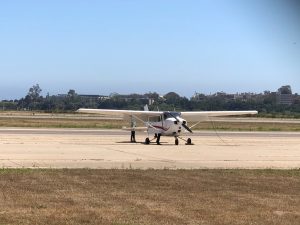
Spontaneous road trip aids family bonds
As L.A. began to normalize the daily doldrums of the coronavirus pandemic last summer, junior Londen Ely and his family eagerly embarked on a spontaneous cross-country road trip.
Without an itinerary, the Ely family set out from their home in South Pasadena in the general direction of Texas, where they would visit relatives.
“A lot of our trip was unplanned and I think, ironically speaking, that was the plan,” Ely said. “If we, say, saw something cool, [we would] stop there. That’s how a majority of the trip went.”
Ely and his family continued their trip to the Midwest, averaging about eight hours of driving each day. When they were not staying with family or friends, the Ely family spent the night in open campsites en route. Throughout their journey, they camped in the white rock Ozark mountains of Arkansas, visited Mount Rushmore, and pitched a tent in the home of 100-year-old untouched Apache artifacts in Lyman Lake State Park in Arizona.
While most of the attractions the Elys visited were open despite the pandemic, they did run into one hiccup during their trip.
“We were driving through scenic route 73 in South Dakota [where] there is nothing but farmland as far as the eye can see,” Ely said. “About two hours down this path, we came across a secluded Native American reservation [but] because we weren’t residents of the town we had to turn around due to coronavirus safety precautions.”
Besides this incident, the family’s two month-long trip went relatively smoothly. Their final stop was in Minnesota, at the 1,000-person town where Ely’s mother grew up. Exploring his mother’s roots strengthened Ely’s family connection.
“This road trip allowed me and my family to actually enjoy each other under different circumstances than just watching movies and staying inside,” Ely said. “We were able to explore new places and experience new things [which] helped cut loose a lot of anxiety that the pandemic has brought to my family specifically.”
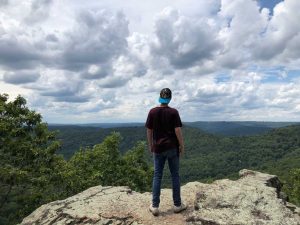
South Korea exemplifies proper safety
Bustling crowds on streets, open restaurants, and people wearing masks are now a common sight in South Korea, as coronavirus cases continue to decline. Eager to experience that novelty and visit family, freshman Hanniel Park and his family spent their winter break in Korea.
Arriving at Incheon International Airport, Park experienced first-hand South Korea’s meticulous quarantining and coronavirus testing process. After filling out forms and getting their temperatures checked, the Parks waited for their luggage to be disinfected. Following this process, travelers had the choice to quarantine for two weeks in a family home or a government-provided facility.
To prevent coronavirus exposure to Park’s grandparents, the family decided to pay to live in an apartment for their quarantine period. The Parks had to download an app that kept track of their temperature and record it twice a day.
During quarantining, deliverers in hazmat suits provided three meals of food and water, daily. Meals of traditional Korean cuisine were packaged in a bento-style box. Necessities, such as toilet paper rolls, were adequately supplied to the apartment prior to their arrival.
After a week of normal temperature records, Park and his family were approved for an early release, and they spent the rest of their winter break touring the port city of Incheon and the skyscraper-lined capital of Seoul.
“This trip was a nice breather after almost eight months of quarantining. Korea has been able to maintain control of cases, as people listen well to the rules of making Korea clean and healthy. Even with Korea’s careful process of quarantining and testing, people were understanding and almost never took off their masks, except when eating,” Park said.
Heading back to America, Park noticed stark differences in the public’s adherence to safety guidelines.
“There were a few thousand people at LAX and although there were signs to stand six feet apart, no one was following them. There was only one temperature check, too. This really showed how lacking America is [in handling the pandemic].”


